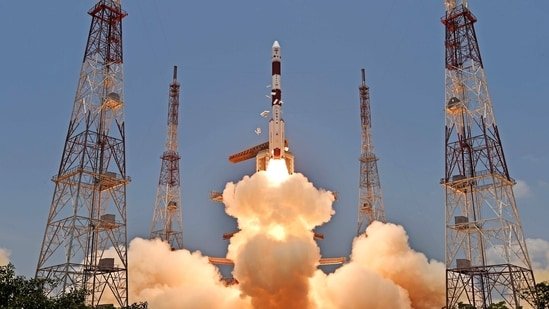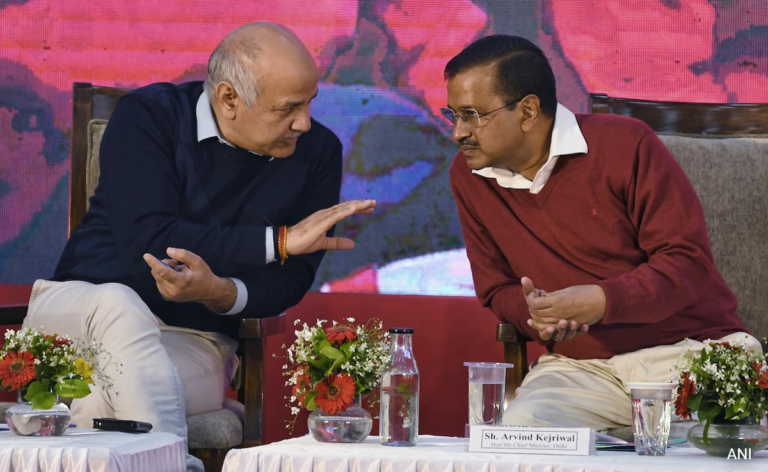
At 11.50am on Saturday, India’s space ambitions blasted off into a higher orbit. That morning, the country’s maiden solar mission, Aditya-L1, was launched from the Sriharikota spaceport, marking the second time in as many weeks that the Indian Space Research Organisation (Isro) had put the country firmly in the top echelons of space-faring nations. The trajectory of the solar mission might be less dramatic than Chandrayaan-3 – which galvanised a nation with its perfect touchdown on the hitherto unexplored southern pole of the moon on August 23 – but it is no less important scientifically. For the next 124 days, Aditya will make its way to the Earth-Sun lagrange point 1, or L1 point, a region 1.5 million km from Earth towards the Sun, where the gravitational forces of celestial objects are balanced in a way that the spacecraft can be parked in what is known as a halo orbit — an oval that shifts on three axes. Once there, the spacecraft will use its seven payloads to study the Sun’s corona, chromosphere, photosphere and solar winds. It will be able to see how particles and radiation from heightened solar activity interact, while also studying the outer surface of the star in close detail — something that is normally not possible from the Earth, or even its orbit. Data will stream into control centres for at least the next five years, enriching our understanding of solar behaviour, space weather and how to better protect space assets from anomalies and flare-ups.

There is little doubt that the technological advancements that every interplanetary mission precipitates – the United States’s competitive advantage in the knowledge economy and cutting-edge innovation is often traced to the breakneck pace set by Nasa in the 1960s — will be invaluable not just to the Indian scientific community but also its industry.
Missions to the great beyond have a way of helping nations see beyond the morass of everyday divisions and focus on what’s important: The advancement of humankind. After touching the Moon, why not take a break? Why go to the Sun? Because it’s what’s next. By literally reaching for the Sun and the Moon, and doing so while overcoming constraints that their peers in advanced countries didn’t even dream of, India’s scientists have delivered an important lesson. We should internalise it.
(This analysis is published through a synidicated feed courtesy Hindustan Times)






